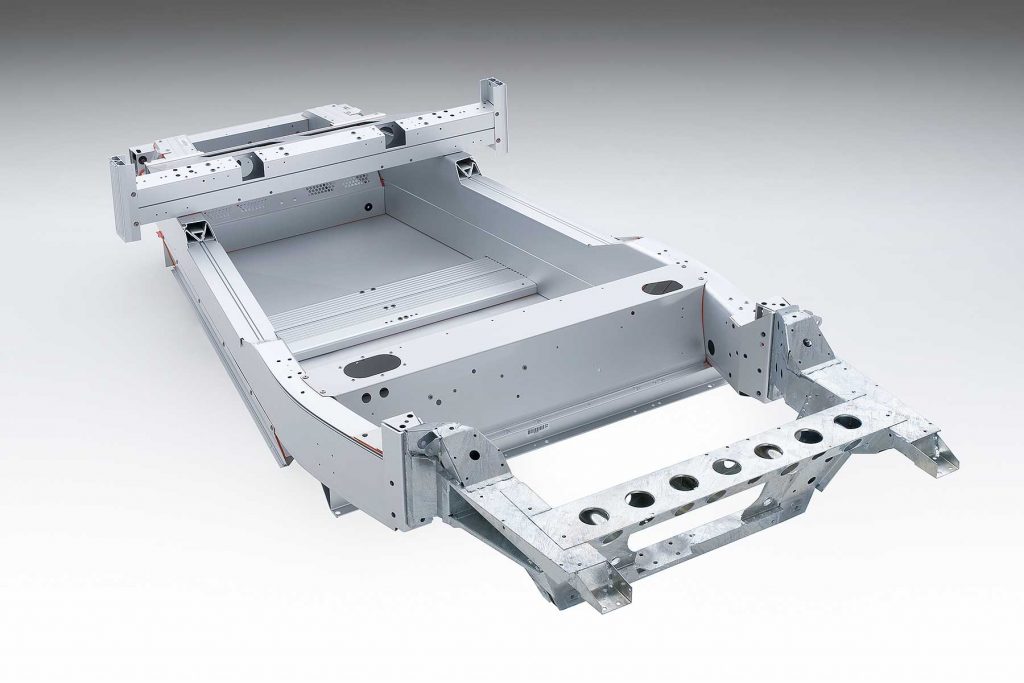What makes a sports car a great or even the greatest sports car? Is it all about handling, or is it power in combination with handling? And what about design, does it add greatness? And top speed? Should it be a rear wheel drive car or can iconic sports cars have a front wheel drive trains?

To a certain point cars in general, but especially sports cars, are all about percepience, about ‘becoming aware through the senses’. And senses differ from human to human as we all know. No BMW 2 serie GTs, Mitsubishi Carismas, Pontiac Azteks, Fiat Multiplas, Ssangyong Rodius’ and AMC Pacers would have been sold ever if a certain rigid framework would exist for good car design; apparently some people sensed these cars as a good buy or as a car they could stand out from the crowd with.

Sure, some basic rules apply to become the greatest sports car. In its strictest sense, it should be a car with two seats, a compact chassis and sleek styling. It has to be quick and agile with a low centre of gravity and it should handle and corner better than decently. Storage space and luxury are not at the top of the list when boxes have to be ticked. Driving fun is.

For us, the greatest sports car should have more to offer. For instance, we think it should be from a car brand with heritage, with history. The greatest sports car should also have a special status, a significance within the brand. And it shouldn’t be right around every corner.

Let’s not beat around the bush. We think, the greatest sports car is the Lotus Elise S1. This little sports car is not as fancy as Ferraris, not as German as Porsches, not as fast as Aston Martins or McLarens. It has a lot of other things going for it though. Next to its awesome drive and handling, its beautiful lines from which especially its back side stands out from almost anything else, the innovative chassis and the sheer driving fun, it has heritage written all over it.

How many sports cars can be honoured to have saved a brand from bankruptcy? How many sports cars go by the name of ‘the re-invention of the sports car’ (see video below)? How many sports cars have been titled ‘Icon of Icons‘? And how many sports car did all three?
In the Eighties of the twentieth century, Lotus Cars was having a hard time. A real hard time. An economical crisis stopped people from buying new cars and sports cars were the type of cars to take the biggest blows. Lotus’ succes in auto sport was diminishing. In december 1982, Colin Chapman, the genius founder of Lotus, suffered from a massive heart attack and died. Lotus Cars had floated away somewhat from its credo to built light and nimble sports cars. Production figures dropped to a few hundred new cars per year and sales dropped even harder.

Early ninetees, the new Elan M100 with its basic design, Isuzu engine and front wheel drive train – the first and last Lotus to go front wheel drive – was a terrible mistake in the eyes of Lotus fans and buyers of sports cars. Mazda’s MX5/Miata won the sports car battle easily. Lotus Cars seemed ready to be declared bankrupt, as had happend to so many British car makers before.

It seemed there was only one way out of this mess: Lotus Cars had to go back to its roots of light weight and innovation. Someone had to take the chance to be brave enough to change what Lotus Cars had become. That someone was Romano Artioli, a charismatic and succesful Italian entrepeneur who also owned Bugatti Automobili at the time and who was responsible for reviving that marque and for building the unsurpassed Bugatti EB110.
In 1993 he acquired Group Lotus. He decided that Lotus should look back to its core values of innovative design, superb handling performance cars that achieve their speed through light weight rather than huge engine power.
Tony Shute was given the project code named M1-11 with a big brief – ‘realise a car that would revive Lotus with the true ideals of the company’s founder Colin Chapman’. Head of design was Julian Thomson, he and his team would end up creating the saviour of Lotus. The re-birth of the true sports car: the Lotus Elise. Project M1-11 was a go with the Lotus Seven as role model and – suprisingly – a Ducati motor cycle and the Ferrari Dino as inspiration.
The Lotus Elise’s chassis is a work of genius. Chassis engineer and designer Richard Rackham’s insight was to construct the entire chassis out of a collection of aluminium extrusions that are bonded (glued) together. This was never done before in the car industry. Extrusions are strong and easily manufactured with complex cross-sections. Bonding allows for thinner aluminum than welding as it has a larger material area to transfer loads between members and avoids material degradation due to the heat of welding.

Romano Artioli named the new Lotus sports car after his first born grand daughter Elisa, who was just two and a half years old when the Lotus Elise was launched at the Frankfurt Motor Show in 1995.

Today, Elisa is the leading person in keeping the Elise-heritage alive. She and her silver Elise travel Europe and the world to spread the word.

The Elise is a proper Lotus. Lightweight, great design, stiff, quick, nimble, awesome handling, innovative and it uses someone else’s engine and gearbox. Right back to where they started: (re-)inventing the sports car. Colin Chapman would have been proud. Besides that, the Elise saved one of the most iconic sports car brands around from bankruptcy. We can’t think of another sports car that deserves it’s title Icon of Icons more. The Lotus Elise really is the Greatest Sports Car.

One response
[…] ‘the best sports car’ or ‘the best car for road tripping’ (unlike ‘the greatest sports car‘ however). Fact is, we love the Alpine A110. Three days of driving the agile and super fast […]